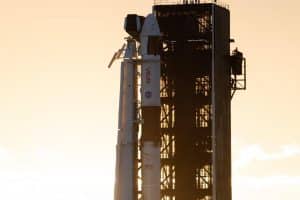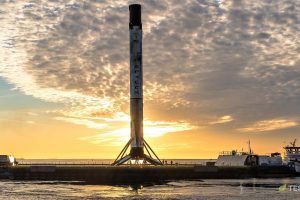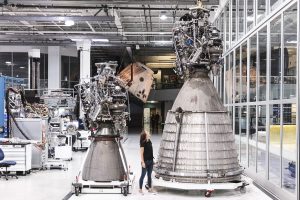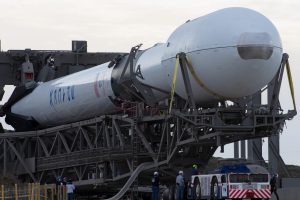Key Points
- 🚀 Crew 7 successfully launched from NASA’s Kennedy Space Center at 3:27 a.m. ET (07:27 UTC).
- 🛰️ After a 30-hour trip, Crew 7 docked at the International Space Station’s Harmony module.
- 🧪 Crew 7 will spend 6 months aboard the ISS for experiments and maintenance.
- 👥 With Crew 7’s arrival, the ISS now houses 11 crew members, with Crew 6 leaving soon.
- 🛢️ Falcon 9’s first and second stages separated during launch; Crew 7 featured a Return to Landing Site.
- 🔥 The entry burn of Falcon 9 during Crew 7’s launch was shorter than usual but successfully landed.
- 🎶 Booster 1081’s landing produced a triple sonic boom over the Space Coast.
- 🚀 SpaceX has launched 42 humans into space since its first crewed flight in May 2020.
Crew 7 successfully lifted off from Launch Complex 39A at NASA’s Kennedy Space Center early Saturday morning, taking to the skies at 3:27 a.m. ET (07:27 UTC).
After an almost 30-hour trip, they arrived at the International Space Station, where they docked with the space-facing port of the Space Station’s Harmony module. Crew 7 will now spend the next 6 months aboard the ISS as they conduct experiments and maintenance.
With the arrival of Crew 7, they have now joined the Expedition 69 crew and brought the total number of people aboard the ISS to 11. Crew 6 is expected to leave the ISS in early September, bringing that total back down to 7.
Following the first phase of the launch, the Falcon 9 first and second stages separated, and the first stage began its boost backburn to return to landing zone 1 at Cape Canaveral Space Force Station. This was only the 2nd time a crewed launch featured a Return to Landing Site following the Axiom 2 mission.
One big difference between those 2 launches was the Entry burn of the Falcon 9. During the Ax-2 mission, the entry burn was much longer, and the Falcon 9 was very stable following engine shutdown. However, during the Crew 7 entry burn, it appeared as if only the middle Merlin 1D engine lit for about 3 seconds, much shorter than a usual entry burn and quite a bit of a wobble as the Falcon 9 descended back to LZ-1. The entry burn was supposed to last around 10 seconds, according to the webcast.
Despite the short entry burn, Booster 1081 successfully landed at LZ-1, igniting 1 Merling 1D at first, then two more to slow down enough just before touchdown and unleashing a triple sonic boom over the Space Coast.
SpaceX has now launched 42 Humans into space since its first crewed flight in May 2020.





